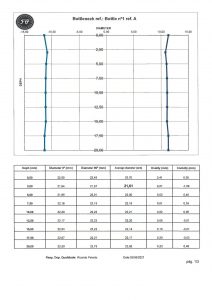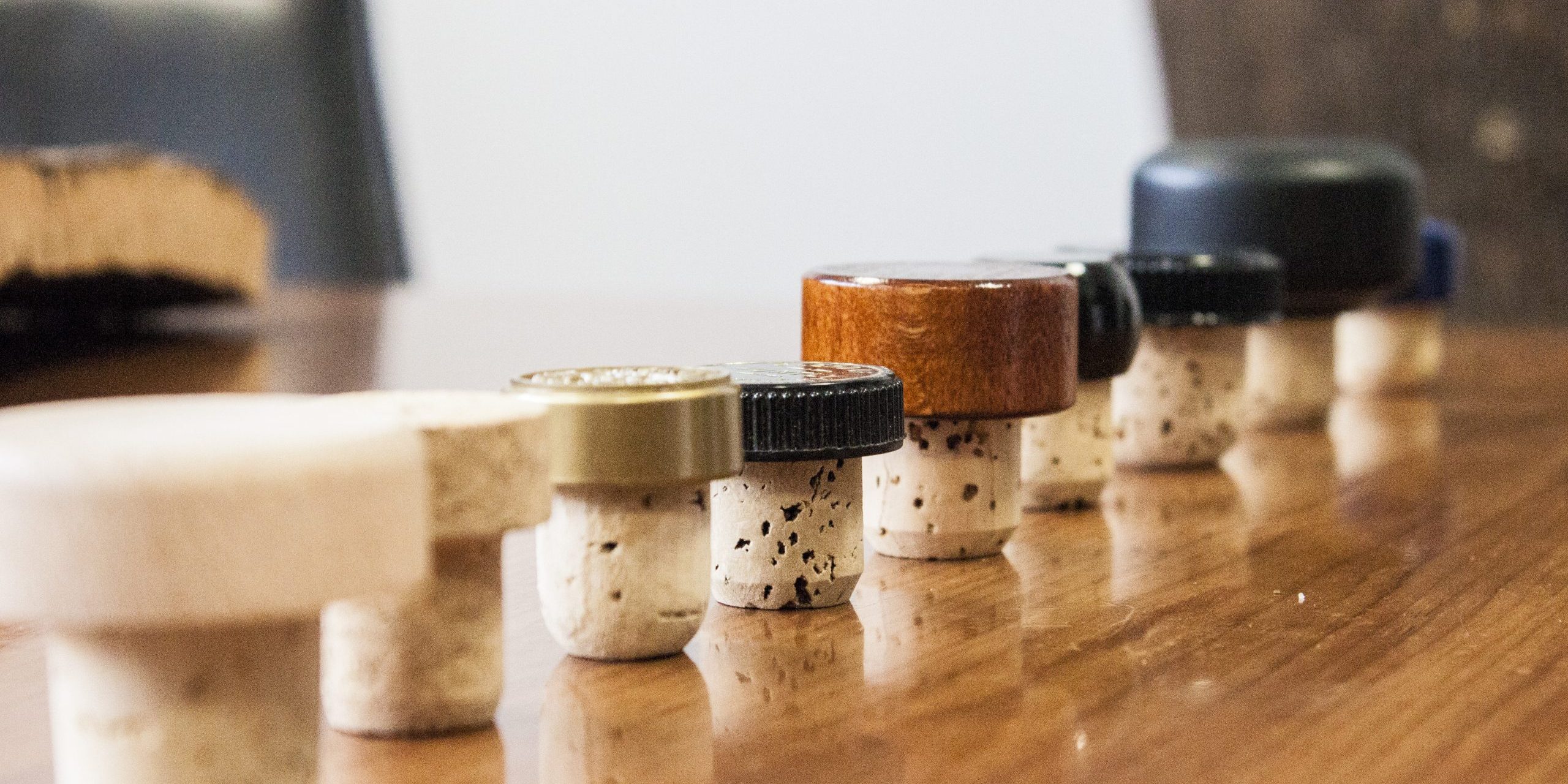Getting the fit right for a bar-top cork is not as easy as it may appear, because unlike wine bottles, which are generally very standard sizes, spirits bottles come in an endless variety of sizes. A bar-top cork has to find a balance between making a good seal, but being smooth and easy to remove and treading this thin line is one of the things that makes the sizing quite tricky to get right.
Our biggest headaches with sizing bar-top corks invariably comes from the bottles themselves. Bottle manufacturers often pay more attention to the external appearance of a bottle rather than the engineering of the inside of the neck, but getting the internal neck dimensions of a bottle are perhaps its most important feature. Ideally the inside neck will run perfectly straight from the mouth of the bottle to where it flares out to the main body (for around 20mm), so allowing a cork to have a smooth surface on which to form the seal. Generally there will be a pinch point on the neck however, which will mean that the cork will potentially have high compression at this point and very low compression along the remainder of its length, making the seal more difficult to achieve.
We always ask our clients to send us at least 3 sample bottles, so that we can take internal measurements to test the internal neck. We use a measuring tool to test the internal neck diameter at increments of 2.5mm to build up the neck profile and identify any pinch points. Based on these measurements we then test the bottle with different cork diameters with increments of 0.2mm until we get the fit exactly right (mainly be testing the extraction force necessary to remove the cork and of course that the seal is good). It is not common to see quite wide tolerances from one bottle to the next and when this is the case we have to come up with the best fit cork – this is a reason that bottlers need to be very careful with their selection of glass supplier as well as their cork supplier!


Above you can see an example of an internal bottle neck profile and you can see that this is a well made bottle as there is no major pinch point, so we could size the cork with confidence. We also measure for ovality and conicity to make sure that the neck is sufficiently well rounded to make sure that there will be even compression on the cork.
There are a few more things that we have to consider about the cork sizing – using natural or micro-agglomerated (or synthetic) cork is an important factor as natural cork is more compressible than micro-agglomerated (which in turn is more compressible than synthetic), so it means that you would use a slightly larger diameter with natural cork as it will compress more in the bottle, which will help to give a better fit and more tolerance to inconsistent bottle necks. We also have to look at the height of the cork, because bar-top corks that are too long are more susceptible to be broken if a customer levers the cork out of the bottle at an angle, rather than twisting and pulling straight up (but if the cork is too short, then you risk not having a good seal).
We are lucky to have a very experienced team who are used to dealing with all these kinds of issues and we can be extremely confident that we will get the cork sizing right for any bottle that we receive. Please let us know if you require any assistance with sizing your bar-top corks.







